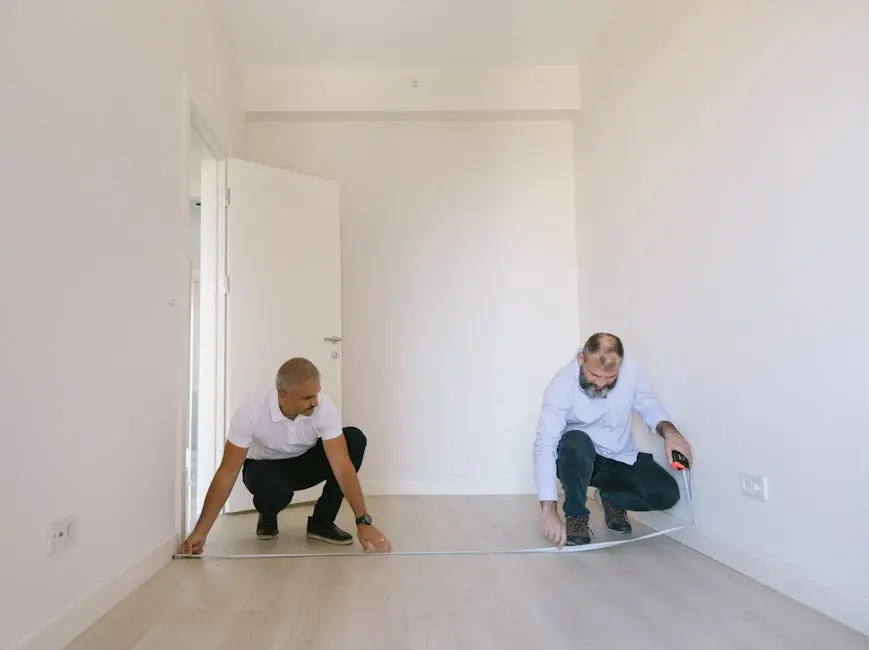Radon is a naturally occurring radioactive gas that can seep into our homes without us even realizing it. It’s not something most of us think about daily, but understanding radon and how to test for it is essential. This guide will walk you through the basics of radon testing, making it easy to understand why it’s important and how you can keep your home safe.
What is Radon and Why Should You Care?
Radon is an invisible, odorless radioactive gas produced by the decay of uranium in the soil. It can enter homes through cracks and openings, potentially leading to health issues, including lung cancer. Understanding what radon is and why it matters is the first step in protecting your home.
Many homeowners remain unaware of radon’s dangers, partly due to its undetectable nature without the right tools. The Environmental Protection Agency (EPA) emphasizes that radon is the second leading cause of lung cancer in the United States, following smoking. It’s crucial for homeowners to recognize that radon might be infiltrating their homes silently, building up to dangerous levels. With heightened awareness, more families can take action to reduce this risk and ensure a safer living environment.
How Radon Can Enter Your Home
Radon finds its way into homes through various entry points such as cracks in floors and walls, construction joints, and gaps around service pipes. Recognizing these points of entry can help in understanding the significance of radon testing in every household.
Consider your home as a giant sponge, absorbing and accumulating gases from the soil it’s built on. The amount of radon entering a home depends partly on the concentration of radon in the ground. Factors such as your home’s foundation type also affect the levels of radon gas that can enter. Homes with basements or crawlspaces may face higher risks as these structures allow more exposure to the soil gases. Seasonal changes can exacerbate radon levels; for instance, closed homes during winter can lead to a build-up, highlighting the importance of timely testing and monitoring. Mitigating the ways radon enters your home reduces the potential for harmful exposure and ensures a healthier living space.
The Process of Radon Testing Explained
Radon testing can be done using DIY kits or through professional services. This section will break down how these tests are conducted, what the results mean, and how often you should perform testing in your home.
DIY radon testing kits are usually inexpensive and provide quick results. These kits are simple to use; you only need to place the testing device in the lowest lived-in level of your home—typically a basement or ground floor. Leave it in place to collect data over several days, as specified by the instructions. After the testing period, send the device to a lab for analysis. On receiving your results, it is important to interpret them within the safe or hazardous limits set by the EPA. It’s recommended that homes are tested for radon every two years, or more frequently if alterations to your home or its foundation occur, such as remodeling or extensive changes in the space usage.
For those preferring a thorough approach, professional radon testing might be the best option. Professionals use sophisticated equipment to provide a more detailed analysis of your home’s radon levels. Some radon professionals can offer continuous radon monitoring, presenting real-time results over extended periods. Professional assessments are particularly recommended in areas known to have higher instances of radon or after home renovations. By opting for professional services, homeowners can receive detailed guidance on any necessary mitigation steps, ensuring their living environment remains healthy and safe.
DIY Radon Testing Kits: What to Expect
Opting for a DIY radon test is a cost-effective method. We’ll explore what these kits include, how to use them effectively, and what to do with your results once the testing is complete.
Most DIY radon testing kits come with a variety of components, including instructions, the testing device, and a prepaid mailer envelope for laboratory submission. Start by reading through the provided instructions thoroughly—they offer crucial information about proper placement and handling of the test kit. The key to an accurate test is proper placement: rise the test device at least 20 inches above the ground in a room that is used frequently. Avoid areas like kitchens or bathrooms where humidity and temperature swings are expected. Once you’ve conducted the test, seal the testing device as directed and mail it to the specified lab. Results are often provided within a few weeks, accompanied by directions addressing potential radon concerns, if necessary. Remember, the proper execution of these tests is essential for obtaining a reliable and accurate reading of radon levels.
When to Call in the Professionals
While DIY kits are great, there are times when professional testing and mitigation are necessary. Learn when you should consider professional help to ensure accurate results and appropriate actions are taken if radon levels are high.
If your DIY tests yield results above the EPA’s safe level of 4 picocuries per liter (pCi/L), it might be time to consult a radon professional. A radon professional can conduct a further analysis to ascertain if mitigation is required and how to effectively carry it out. This is particularly crucial when considering the foundational structure of the home. A trained expert can inspect for potential radon entry points that might have been overlooked, thus providing solutions that might include the installation of an active soil depressurization system to prevent radon infiltration. Additionally, if your home undergoes structural changes, professional evaluation ensures the radon levels remain safe.
Reducing Radon Levels in Your Home
If testing shows high levels of radon, there are several methods to reduce it. From enhanced ventilation to sealing cracks in the foundation, we’ll explore actionable steps you can take to lower radon levels in your home.
One of the most effective strategies for reducing radon levels is improving your home’s ventilation system. Increasing air flow can significantly lower indoor radon concentrations by diluting the radon gas with outdoor air, especially in the basement and lowest floors where radon levels are typically higher. Additionally, it’s crucial to identify and seal any cracks or gaps in your home’s foundation to limit further radon entry. Deploying a sump pump cover can prevent radon from seeping through sump wells. In some cases, the installation of a radon reduction system, like a sub-slab depressurization system, may be required. This system includes a pipe attached to a fan, which pulls radon from beneath the home and exhausts it safely outside, reducing indoor radon levels efficiently.
Taking Steps to Ensure a Safe Home Environment
By learning about radon and testing for it in your home, you take an important step in protecting your family’s health. Remember, radon testing is simple, relatively inexpensive, and can make a big difference in your home’s safety. Stay informed and take action to ensure peace of mind in your living space.


